 I recently came across a sea story, that, like the best sea stories, has been retold enough times so that the details tend to wander from one version to the other. This much appears to be true. Thirty-five years ago, John Lennon, of Beatles fame and one of the great songwriters of his era, was suffering from depression and writer’s block. Lennon, whose father and grandfather were sailors, chartered the sailboat Megan Jaye and sailed, with a crew of four, from Newport, Rhode Island to St George’s, Bermuda. The account of the trip first came to light when John Lennon’s log of the voyage went up for auction in 2006, where it sold for $8,500.
I recently came across a sea story, that, like the best sea stories, has been retold enough times so that the details tend to wander from one version to the other. This much appears to be true. Thirty-five years ago, John Lennon, of Beatles fame and one of the great songwriters of his era, was suffering from depression and writer’s block. Lennon, whose father and grandfather were sailors, chartered the sailboat Megan Jaye and sailed, with a crew of four, from Newport, Rhode Island to St George’s, Bermuda. The account of the trip first came to light when John Lennon’s log of the voyage went up for auction in 2006, where it sold for $8,500.
The voyage was rough. A few days out, they were hit by a storm and progressively the crew became incapacitated by seasickness. As described in the auction catalog:

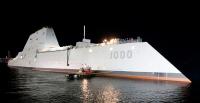 The
The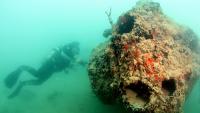 Minutes before the beginning of the attack on the warships of Pearl Harbor on December 7, 1941, Japanese Imperial Navy planes bombed the nearby U.S. Naval Air Station on the east coast of Oahu, destroying twenty-seven Catalina PBY seaplanes on the ground or moored on Kāne‛ohe Bay. Six others were damaged. The PBYs were a strategic target for the Japanese because the long-range patrol bombers could have potentially followed the Japanese planes back to their carriers.
Minutes before the beginning of the attack on the warships of Pearl Harbor on December 7, 1941, Japanese Imperial Navy planes bombed the nearby U.S. Naval Air Station on the east coast of Oahu, destroying twenty-seven Catalina PBY seaplanes on the ground or moored on Kāne‛ohe Bay. Six others were damaged. The PBYs were a strategic target for the Japanese because the long-range patrol bombers could have potentially followed the Japanese planes back to their carriers. 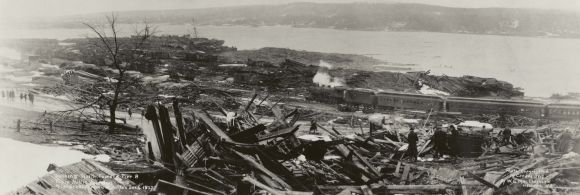 Ninety-eight years ago today, on the morning of December 6, 1917, the French freighter SS Mont-Blanc collided with the SS Imo, a Norwegian ship chartered to carry relief supplies to Belgium, in the Narrows, a strait connecting the upper Halifax Harbour to Bedford Basin. The collision at first seemed minor, the two ship hitting at only about a knot. Nevertheless, a fire broke out aboard the Mont-Blanc, which was loaded with munitions and high explosives. The fire burned out of control and ignited the cargo, causing the
Ninety-eight years ago today, on the morning of December 6, 1917, the French freighter SS Mont-Blanc collided with the SS Imo, a Norwegian ship chartered to carry relief supplies to Belgium, in the Narrows, a strait connecting the upper Halifax Harbour to Bedford Basin. The collision at first seemed minor, the two ship hitting at only about a knot. Nevertheless, a fire broke out aboard the Mont-Blanc, which was loaded with munitions and high explosives. The fire burned out of control and ignited the cargo, causing the 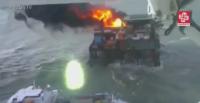 The state oil company SOCAR reports that over 30 are dead or missing after an Azeri drilling rig in the Caspian Sea caught fire yesterday. The fire started after a storm damaged a natural gas pipeline, causing the platform’s partial collapse. Rescue efforts have been hampered by the severity of the storm. One body has been recovered and 30 others are reported to be missing. 32 workers were evacuated safely from the rig. In a statement, SOCAR said that “The fire in the gas pipeline has not been completely extinguished and it has not been ruled out that it could spread to oil and gas wells near the platform…”
The state oil company SOCAR reports that over 30 are dead or missing after an Azeri drilling rig in the Caspian Sea caught fire yesterday. The fire started after a storm damaged a natural gas pipeline, causing the platform’s partial collapse. Rescue efforts have been hampered by the severity of the storm. One body has been recovered and 30 others are reported to be missing. 32 workers were evacuated safely from the rig. In a statement, SOCAR said that “The fire in the gas pipeline has not been completely extinguished and it has not been ruled out that it could spread to oil and gas wells near the platform…”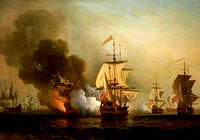 Today, Colombia’s President Juan Manuel Santos announced that it has found the wreck of the galleon San José, what some have called the “holy grail of shipwrecks.” He
Today, Colombia’s President Juan Manuel Santos announced that it has found the wreck of the galleon San José, what some have called the “holy grail of shipwrecks.” He 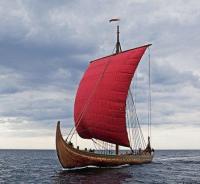 We recently
We recently 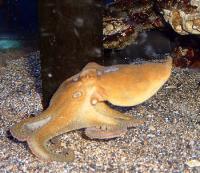
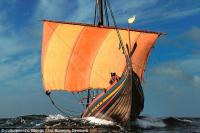 Looking for the perfect holiday gift? How about an authentic replica Viking longship? A great way to impress the relatives or perhaps get together with 60 close friends to raid a neighboring village. You either can hire a team of researchers and book time in a specialist boat yard or you can stop by the gift shop in the
Looking for the perfect holiday gift? How about an authentic replica Viking longship? A great way to impress the relatives or perhaps get together with 60 close friends to raid a neighboring village. You either can hire a team of researchers and book time in a specialist boat yard or you can stop by the gift shop in the  The new $7.5 billion DDG-1000 destroyer, USS Zumwalt, expected to be delivered by Bath Iron Works sometime in 2016, is incredibly high tech and innovative. It features advanced weapons and propulsion systems as well as an inward sloping hull with a ram bow to make it more stealthy to radar. The only area of controversy is whether it will be seaworthy.
The new $7.5 billion DDG-1000 destroyer, USS Zumwalt, expected to be delivered by Bath Iron Works sometime in 2016, is incredibly high tech and innovative. It features advanced weapons and propulsion systems as well as an inward sloping hull with a ram bow to make it more stealthy to radar. The only area of controversy is whether it will be seaworthy. Overfishing of the world’s oceans is a huge and immediate problem. Back in 2002, the nations participating in the
Overfishing of the world’s oceans is a huge and immediate problem. Back in 2002, the nations participating in the 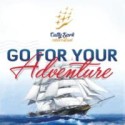 A
A  In the last two months,
In the last two months, 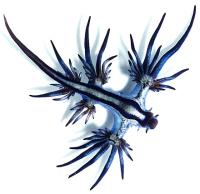 The words “blue dragon” and “sea slug” do not seem to go together. The image of a dragon, of any color, and a slug just do not seem to overlap. Nevertheless, the sea slug
The words “blue dragon” and “sea slug” do not seem to go together. The image of a dragon, of any color, and a slug just do not seem to overlap. Nevertheless, the sea slug 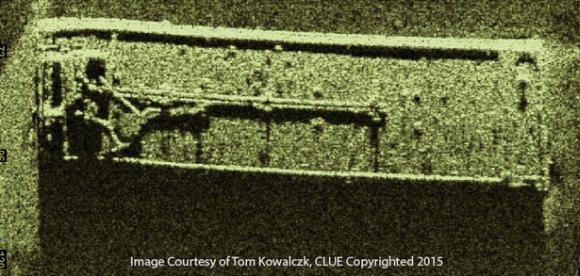 This weekend the
This weekend the 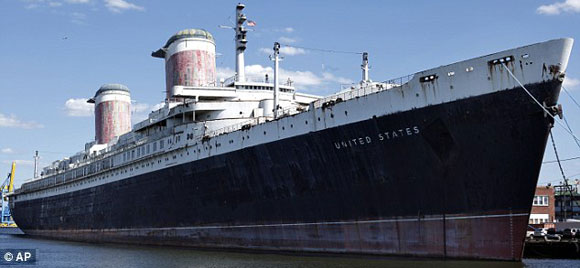 Great news from the
Great news from the 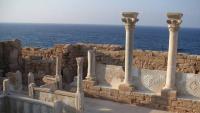 Around 1847,
Around 1847, 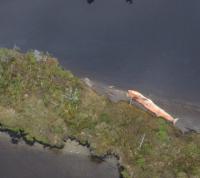
 Last year we posted about
Last year we posted about